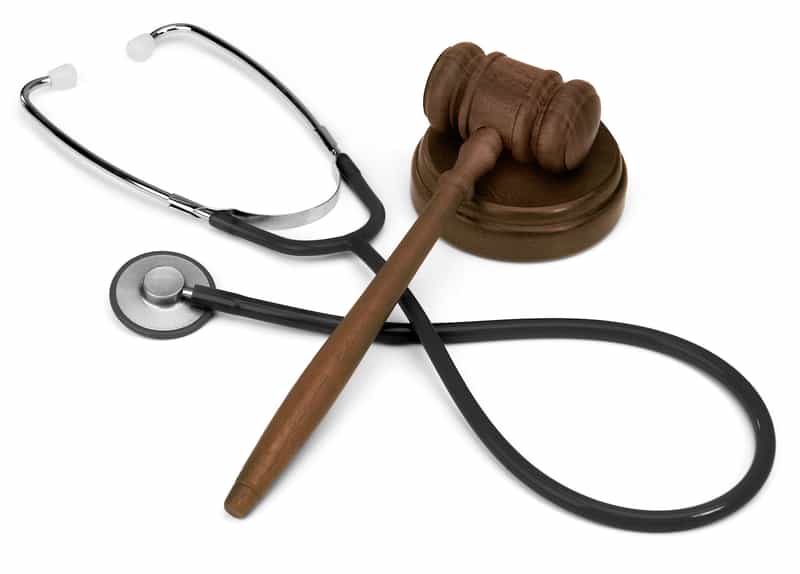
Medical malpractice is one of those legal concepts you hear about so often that it’s easy to think you know what it means. Yet, many people often misunderstand it—usually believing it includes one of two extremes:
- I can sue a doctor or healthcare provider for any sign of incompetence such as medical treatment that didn’t work optimally or a complication from surgery.
- I can only sue a doctor or healthcare provider if the malpractice resulted in death or an extreme, life-threatening injury.
The real definition lies somewhere in the middle. A viable medical malpractice case usually tends to follow a few basic guidelines to work.
You were given substandard care usually caused by negligence, ignorance, or lack of action.
There is a big difference between treatment that didn’t work and substandard care. If your medical treatment isn’t effective or you experience a complication from surgery, it’s not substandard if other doctors would have approached your situation in the same way.
Substandard may mean negligence, ignorance, or inaction related to:
- Diagnosis: The misdiagnosis needs to be a grave oversight, such as dismissing serious cancer symptoms without proper tests.
- Medication: Malpractice with medication may include cases in which healthcare providers did not check for basic allergic reactions or side effects that significantly interfere with an existing medical condition.
- Treatment: Treatment malpractice may include performing medical procedures without your consent (known as “informed consent”), unnecessary or incorrectly performed surgery, or grave oversights related to situations like childbirth or the use of anesthesia.
Substandard care resulted in significant harm.
Despite receiving substandard treatment, you will not create a successful malpractice case if you did not experience significant harm as a result, which means a serious injury, a critical or terminal illness, or even death resulting from the substandard care. The injury does not have to be life-threatening, but it does need to be severe or serious.
One reason for this is practical. If you experienced little to no harm, then the money you spend suing the doctor or healthcare provider will exceed what you win (if you win). Second, the medical profession is still imperfect in many ways. Unless injuries or health consequences are severe, there are just too many gray areas in which it’s hard to pinpoint negligence without undisputed proof—best shown through serious injury, illness, or death.
You need to build the strongest of cases—and it will take you a lot of time, work, and money.
Malpractice cases are some of the hardest, most complex, and expensive legal fights that you will ever undertake. That’s because the burden of proof is on you. The medical profession heavily protects itself against malpractice cases and doctors will especially fight hard because their careers are at stake. Forbes reported that “only 15% of the personal-injury lawsuits filed annually involve medical-malpractice claims, and more than 80% of those lawsuits end with no payment whatsoever to the injured patient or their survivors.”
That means the few medical malpractice cases brought to court have only a 20% chance of paying you out any money at all. Along the way, you will need immaculate, thorough documentation with expert witnesses (usually other doctors and healthcare professionals) to even have your case approved by a review panel. And if the panel agrees that you have a case, you’ll still need to win your lawsuit.
A personal injury attorney experienced in medical malpractice cases can best help assess your situation early on to figure out if you have a chance of taking your doctor or healthcare provider to court. Call us if you have questions about a possible medical malpractice case. We have offices in the following locations:









